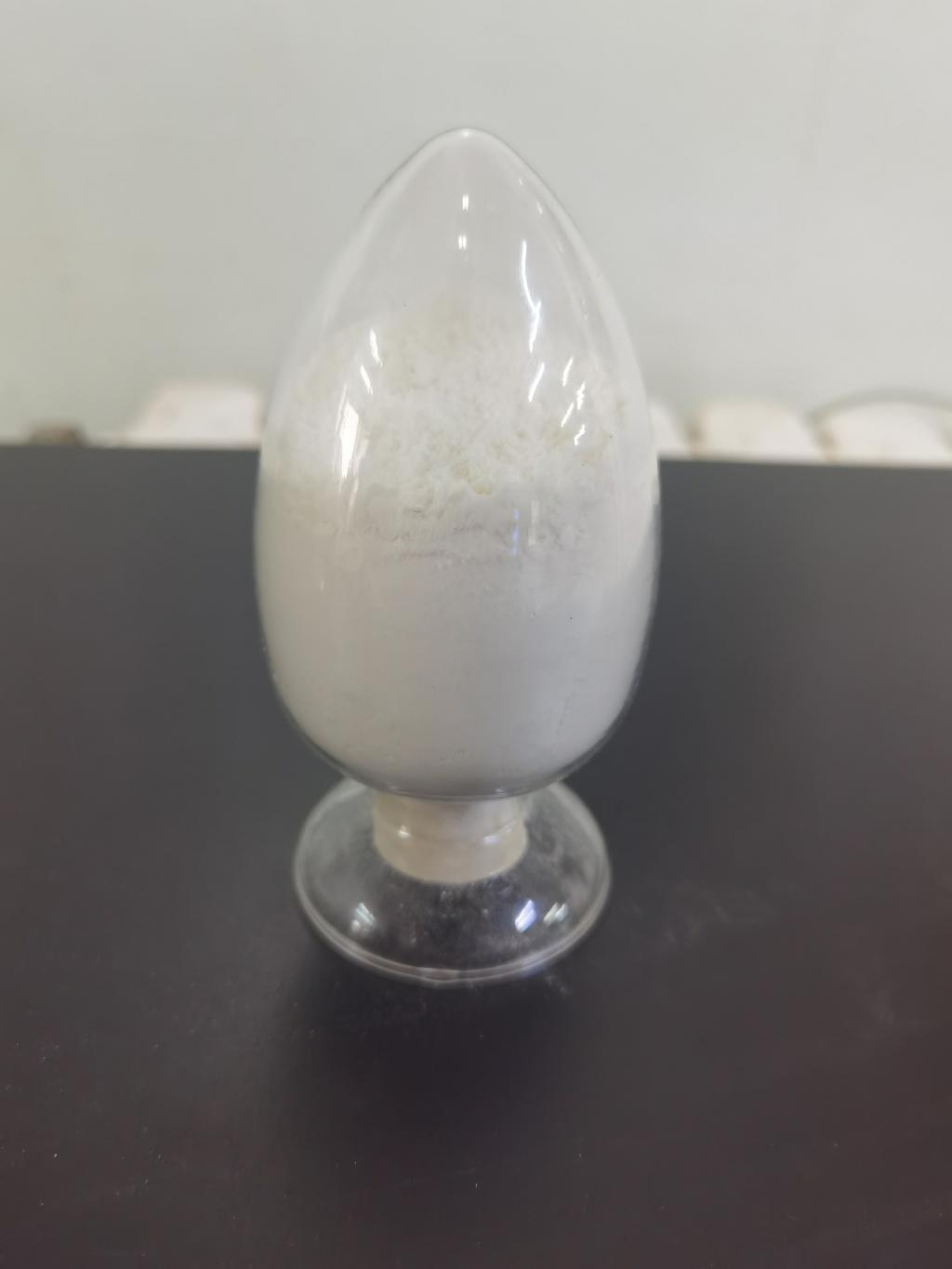Tel:+8618231198596

News
 CONTACT
CONTACT
 CONTACT
CONTACT
- Linkman:Linda Yao
- Tel: +8618231198596
- Email:linda.yao@dcpharma.cn
- Linkman:CHARLES.WANG
- Department:Overseas
- Tel: 0086 0311-85537378 0086 0311-85539701
News
Current Position:
Home >
News
>Evaluating consumer preferences for products containing ε-Polylysine hydrochloride
Evaluating consumer preferences for products containing ε-Polylysine hydrochloride
TIME:2024-09-03
Health-Conscious Consumers and Natural Preservatives
Consumers today are more health-conscious than ever before, paying close attention to the ingredients listed on food labels. There is a growing trend towards preferring products that are free from artificial additives and preservatives. Natural preservatives, like ε-PL, appeal to this segment of the market because they offer a balance between safety and naturalness. Consumers who prioritize health and wellness are likely to favor products containing ε-PL, as it is derived from natural sources and has been recognized as safe by regulatory bodies.
Ingredient Transparency and Trust
Transparency in food labeling is another critical factor influencing consumer preferences. Consumers want to know exactly what they are eating and why certain ingredients are included in their food. ε-PL, being a naturally occurring compound, can be marketed as a "clean label" ingredient. Companies that provide detailed information about the benefits and origins of ε-PL are more likely to build trust with their customers. This transparency can help overcome initial skepticism and encourage trial and repeat purchases.
Sensory Experience and Acceptance
The sensory experience of food products is paramount. Even if a product is marketed as healthier or more natural, it must meet consumer expectations regarding taste, texture, and overall enjoyment. Research into consumer preferences should include sensory evaluations to ensure that ε-PL does not negatively impact the sensory attributes of the food. If ε-PL can be integrated without altering the taste or texture, it stands a better chance of being accepted by a broader audience.
Marketing Strategies and Education
Educational campaigns and marketing strategies play a pivotal role in shaping consumer preferences. Brands that invest in educating consumers about the benefits of ε-PL, such as its natural origin, safety profile, and effectiveness in preserving food, are more likely to see positive responses. Marketing messages should focus on the following points:
Natural Origin: Emphasize that ε-PL is derived from lysine, a common amino acid, and highlight its natural preservative properties.
Safety Profile: Stress the recognition of ε-PL as safe by regulatory agencies and its long history of use in various food applications.
Effectiveness: Demonstrate how ε-PL extends the shelf life of food products, thereby reducing food waste and improving convenience.
Consumer Segmentation and Targeting
Not all consumers are equally receptive to new ingredients. Segmenting the market based on demographic and psychographic characteristics can help tailor marketing efforts more effectively. For example:
Health Enthusiasts: Target individuals who actively seek out healthier food options and are willing to pay a premium for products that align with their values.
Environmentally Conscious Consumers: Appeal to those concerned about sustainability and reducing food waste. Highlight how ε-PL can help extend shelf life and minimize waste.
Label Readers: Engage with consumers who scrutinize food labels and prefer products with fewer additives. Position ε-PL as a clean label solution.
Research and Development
Ongoing research and development are essential to refine the use of ε-PL in food products. Collaboration between food scientists, nutritionists, and marketers can help create products that meet consumer expectations for taste, texture, and health benefits. Sensory testing, focus groups, and consumer surveys can provide valuable insights into how ε-PL is perceived and preferred.
Conclusion
Consumer preferences play a crucial role in the success of products containing ε-Polylysine hydrochloride. By understanding the health-conscious mindset of today's consumers, emphasizing ingredient transparency, ensuring sensory quality, and employing targeted marketing strategies, companies can successfully introduce ε-PL into their product lines. As consumer education increases and trust builds around this natural preservative, it is likely that more people will embrace products containing ε-PL, contributing to a safer and more sustainable food supply.
- Tel:+8618231198596
- Whatsapp:18231198596
- Chat With Skype







